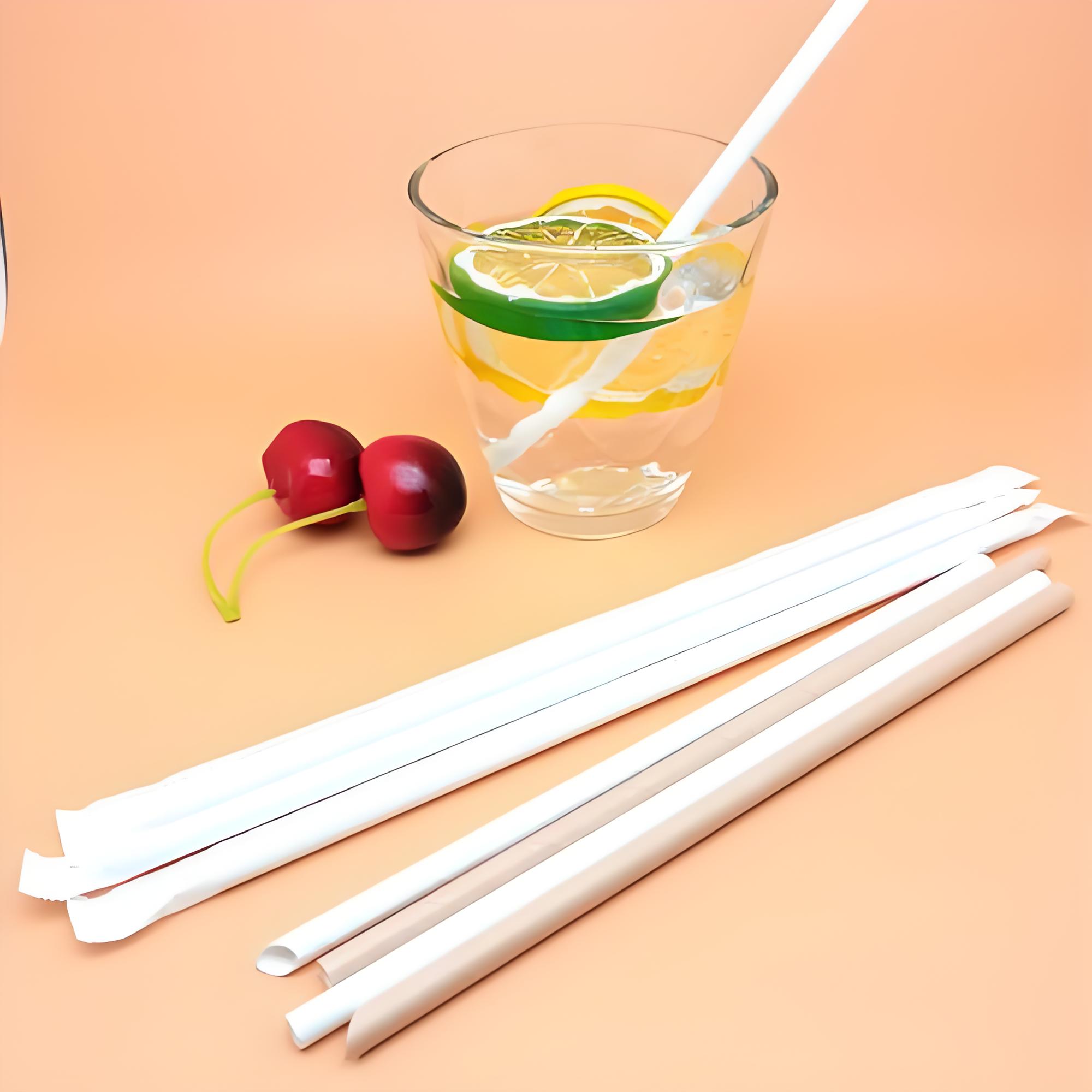- Home
-
Sugarcane Pulp Tableware: A Sustainable Choice
Views: 0 Author: Site Editor Publish Time: 2025-01-22 Origin: Site
Introduction
The growing concern over environmental sustainability has led to a surge in demand for eco-friendly products. Among these, Sugarcane Pulp Tableware emerges as a promising alternative to traditional plastic and paper-based utensils. This article delves into the significance of sugarcane pulp tableware, exploring its environmental benefits, economic viability, and potential to revolutionize the tableware industry.
The Environmental Impact of Traditional Tableware
Traditional tableware materials like plastic and Styrofoam have long been criticized for their detrimental effects on the environment. According to the Environmental Protection Agency (EPA), the United States alone generates over 35 million tons of plastic waste annually, with a significant portion attributed to disposable tableware. These materials are non-biodegradable, often ending up in landfills and oceans, contributing to pollution and harming wildlife.
Paper-based tableware, while biodegradable, still poses environmental concerns due to deforestation and the energy-intensive manufacturing processes involved. The World Wildlife Fund reports that around 15 billion trees are cut down each year, exacerbating climate change and biodiversity loss.
What Is Sugarcane Pulp Tableware?
Sugarcane pulp tableware is produced from bagasse, the fibrous byproduct remaining after extracting juice from sugarcane stalks. Traditionally considered agricultural waste, bagasse is now repurposed into biodegradable and compostable tableware. This innovative use of byproducts not only reduces waste but also provides an eco-friendly alternative to conventional materials.
Benefits of Sugarcane Pulp Tableware
Sustainability and Biodegradability
One of the primary advantages of sugarcane pulp tableware is its biodegradability. Unlike plastic, which can take hundreds of years to decompose, sugarcane pulp products break down within 60 to 90 days under commercial composting conditions. This rapid decomposition reduces the burden on landfills and minimizes environmental pollution.
Furthermore, utilizing bagasse helps in waste reduction. Instead of burning or disposing of sugarcane residue, converting it into tableware adds value and promotes a circular economy. This practice aligns with sustainable development goals by maximizing resource efficiency and minimizing waste.
Health and Safety Aspects
Sugarcane pulp tableware is not only environmentally friendly but also safe for human use. The manufacturing process typically avoids harmful chemicals, resulting in products free from toxins like BPA and chlorine. This makes it a safer option for serving food and beverages, reducing the risk of chemical ingestion.
Additionally, sugarcane pulp tableware is microwave and freezer safe, offering versatility for various food service needs. Its sturdy nature allows it to withstand hot and cold temperatures without compromising structural integrity.
Economic Considerations
While eco-friendly products are often perceived as costlier, sugarcane pulp tableware presents a cost-competitive alternative. The abundance of bagasse, especially in countries with large sugarcane industries, ensures a steady and affordable supply of raw materials. This availability helps keep production costs low, making it economically viable for both manufacturers and consumers.
Moreover, businesses adopting Sugarcane Pulp Tableware can enhance their brand image by showcasing a commitment to sustainability. This can lead to increased customer loyalty and potentially open up new markets focused on environmentally conscious consumers.
Case Studies: Global Adoption of Sugarcane Pulp Tableware
Several countries and corporations have begun integrating sugarcane pulp tableware into their operations. For instance, the European Union's directive on single-use plastics has accelerated the adoption of biodegradable alternatives. In response, many food service providers have switched to sugarcane pulp products to comply with regulations and reduce environmental impact.
In Australia, festivals and events have successfully implemented sugarcane pulp tableware, significantly reducing waste generation. Studies showed a decrease in landfill contributions by up to 50% when traditional disposables were replaced with bagasse-based products.
Challenges and Solutions
Despite its advantages, sugarcane pulp tableware faces challenges such as limited consumer awareness and availability. To overcome these hurdles, education campaigns highlighting the environmental benefits can foster consumer acceptance. Additionally, government incentives for eco-friendly products can encourage businesses to adopt sustainable tableware.
Investing in research and development can also improve product quality and reduce costs. Innovations in manufacturing processes can enhance the durability and aesthetic appeal of sugarcane pulp tableware, making it more competitive with traditional options.
The Future of Sustainable Tableware
The shift towards sustainability is not a passing trend but a necessary evolution. As environmental concerns intensify, the demand for products like Sugarcane Pulp Tableware is expected to grow. The global biodegradable tableware market is projected to reach $1.2 billion by 2025, indicating significant commercial potential.
Emerging technologies in material science may further enhance the properties of sugarcane pulp tableware, making it even more versatile and user-friendly. Collaborative efforts between industries, governments, and consumers are essential to drive this sustainable transition.
Conclusion
Sugarcane pulp tableware represents a practical and sustainable solution to the environmental challenges posed by traditional disposable tableware. Its biodegradability, coupled with economic and health benefits, positions it as a superior alternative. By embracing Sugarcane Pulp Tableware, we can make significant strides towards a more sustainable future, reducing pollution and promoting ecological balance.
As both consumers and producers recognize the importance of environmental stewardship, the adoption of sugarcane pulp tableware is likely to accelerate. This shift not only benefits the planet but also paves the way for innovations that harmonize industrial activity with environmental preservation.
Random Products
Recent Articles
Got questions? Send email!
Address: No 328, Building 1, No 59 tianyuan west road, Jiangning District, NanjingTel: +86-17366262165WhatsApp: +86-17366262165Copryright © 2024 Nanjing Haolyland Packaging Material Technology Co.,Ltd. All Rights Reserved I Sitemap I Privacy Policy






























